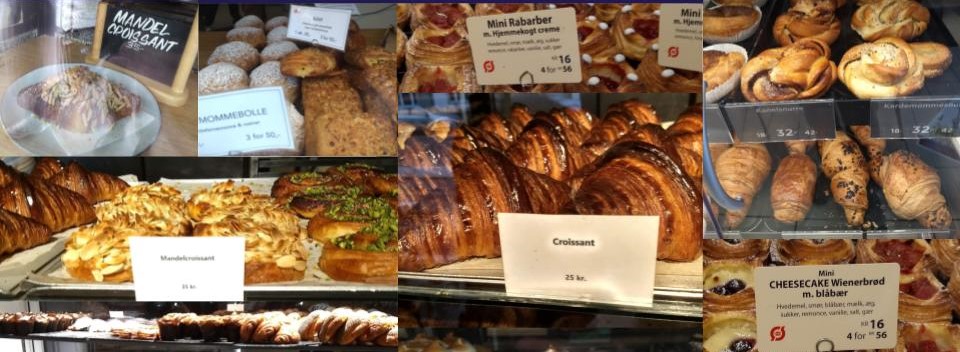User centered concept development
Using both qualitative and quantitative data to help develop new food concepts tailored a young danish generation.

For my master thesis I chose to investigate the benefits of applying user centered design principles in concept development. I did this in collaboration with Lantmánnen Frost, who were kind enough to conduct two large scale user data gatherings, about their younger customers thoughts, ideers and rating on several hundred statements. They also provided several of their new concepts targeting the same user-group to use as a control group.
The idea is that by combining both talent and expertise from good product developers and information from the users, more viable concepts can be produced. The first thing I did was analysing the two huge data sets. Among the analysing methods I used, the multidimensional analysis method called correspondence analysis was proven to be very useful. It resulted in a better overview of what differentiated the responses and made it easy to see what reasons there were for liking and/or disliking the given product.
 The result was that 6 elements for laminated dough were established as the predominant factors that influence if a young human chose a
laminated dough product over other baked goods. These were taste, fat procent, appearance, shape and size as well as presentation/packaging. Equally as important was the information
found on how these factors influenced the young, in their choice.
With these factors, several food concepts were designed and the expert-made concepts were compared with a preference-ranking test(ISO8587:2006). This resulted
in the user centered design concepts showing a significantly higher success rate than their
counterpart and the conclusion thereby is that user centered design principles can be applied very early in the overall development process.
The result was that 6 elements for laminated dough were established as the predominant factors that influence if a young human chose a
laminated dough product over other baked goods. These were taste, fat procent, appearance, shape and size as well as presentation/packaging. Equally as important was the information
found on how these factors influenced the young, in their choice.
With these factors, several food concepts were designed and the expert-made concepts were compared with a preference-ranking test(ISO8587:2006). This resulted
in the user centered design concepts showing a significantly higher success rate than their
counterpart and the conclusion thereby is that user centered design principles can be applied very early in the overall development process.